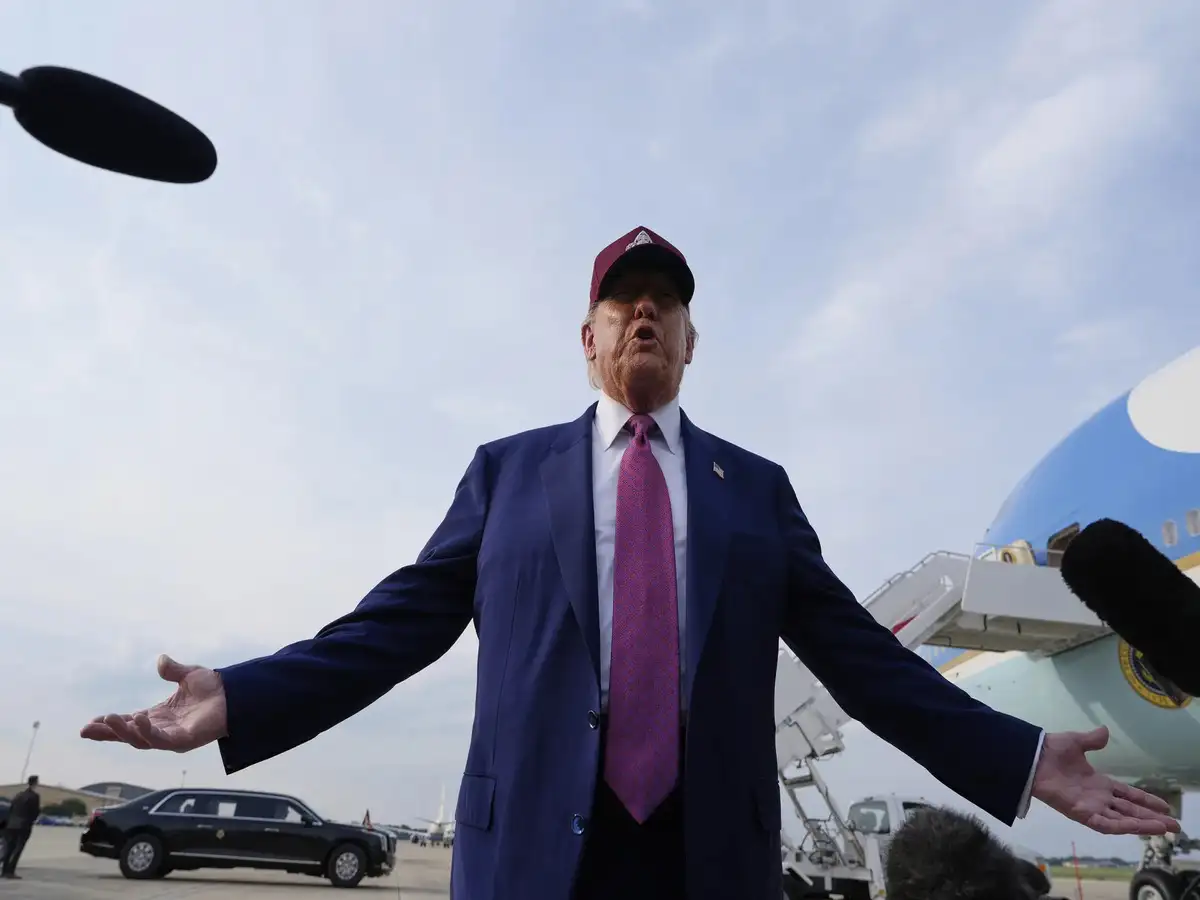Donald Trump Issues New Tariff Alert: 50% on Copper and 200% on Other Imports

US President Donald Trump has announced significant changes to the nation’s trade policy, including the potential for tariffs as high as 200% on pharmaceutical imports and a 50% tariff on copper. These measures, aimed at generating revenue and reshaping trade dynamics, come amid ongoing global market uncertainties. The administration has already collected approximately $100 billion from existing tariffs and anticipates that total revenue could reach $300 billion by December.
Details of the New Tariffs
During a cabinet meeting, President Trump reaffirmed his commitment to an August 1 deadline for implementing increased tariffs. He specifically highlighted the introduction of a 50% tariff on copper imports, a move that has already led to a spike in copper prices. “Today we’re doing copper,” Trump stated, emphasizing the importance of this new tariff. Commerce Secretary Howard Lutnick indicated that the implementation of these tariffs is expected to occur in late July or on August 1.
In addition to copper, Trump also discussed upcoming tariffs on pharmaceuticals. He mentioned that manufacturers would have a grace period of approximately 18 months to establish domestic operations before facing tariffs that could reach 200%. Lutnick confirmed that studies on pharmaceuticals and semiconductors are expected to conclude by the end of the month, after which specific policies will be announced.
Global Reactions and Economic Implications
The announcement of these tariffs has raised concerns among global trading partners, particularly those exporting copper and pharmaceuticals to the United States. Bipin Sapra, a partner at EY India, noted that the high tariff rates could significantly disrupt current exports to the U.S. from various countries. The U.S. is a major market for Indian pharmaceuticals and copper, accounting for a substantial portion of India’s export basket. Sapra warned that increased prices in the U.S. market could lead to a decline in exports, prompting industries to seek more competitive markets.
Union Coal and Mines Minister G Kishan Reddy commented on the potential impact of the copper tariff, stating that while it may have limited effects due to strong domestic demand in India, the government is closely monitoring the situation. Industry analysts have suggested that these tariffs could lead to an influx of copper from other markets into India, potentially lowering prices and affecting local manufacturers’ profits.
Impact on India’s Pharmaceutical Sector
The pharmaceutical sector in India stands to face significant challenges due to the proposed tariffs. Aniket Dani, Director at Crisil Intelligence, highlighted that the U.S. accounts for nearly 40% of India’s $24 billion formulation exports. If the tariffs are imposed, Indian pharmaceutical companies may need to diversify their markets or consider establishing manufacturing facilities in the U.S. to mitigate risks associated with these high tariffs.
The Indian government is actively evaluating the ramifications of these tariffs on its exports. Industry representatives have pointed out that U.S. consumers, who rely heavily on imports for their copper needs, will likely feel the most significant impact. Currently, India’s copper exports to the U.S. are valued at less than $300 million, indicating that while the tariffs may affect trade, the overall economic impact could vary based on domestic demand and market adjustments.
Observer Voice is the one stop site for National, International news, Sports, Editor’s Choice, Art/culture contents, Quotes and much more. We also cover historical contents. Historical contents includes World History, Indian History, and what happened today. The website also covers Entertainment across the India and World.

